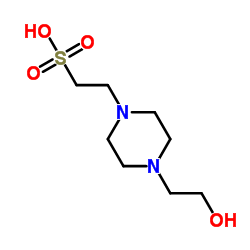| 结构式 | 名称/CAS号 | 全部文献 |
|---|---|---|
 |
丙酮酸钠
CAS:113-24-6 |
|
 |
辛伐他汀,斯伐他汀
CAS:79902-63-9 |
|
 |
4-羟乙基哌嗪乙磺酸
CAS:7365-45-9 |